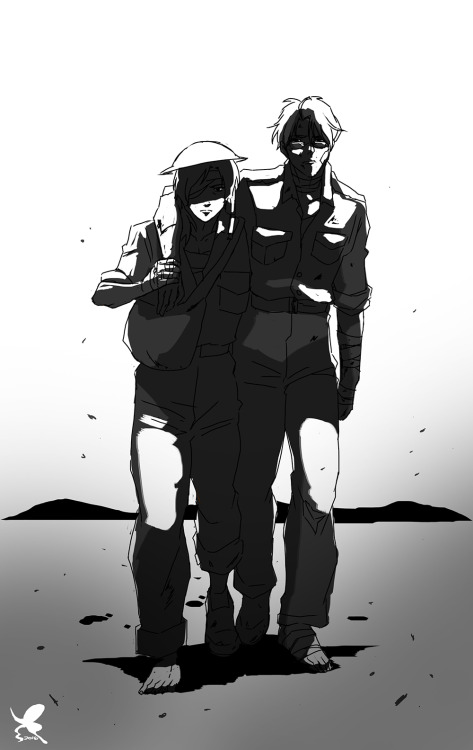#oc philippines
BATAAN DEATH MARCH
The day after Japan bombed the U.S. naval base at Pearl Harbor, on December 7, 1941, the Japanese invasion of the Philippines began. Within a month, the Japanese had captured Manila, the capital of the Philippines, and the American and Filipino defenders of Luzon (the island on which Manila is located) were forced to retreat to the Bataan Peninsula. For the next three months, the combined U.S.-Filipino army held out despite a lack of naval and air support. Finally, on April 9, with his forces crippled by starvation and disease, U.S. General Edward King Jr. (1884-1958), surrendered his approximately 75,000 troops at Bataan.
The surrendered Filipinos and Americans soon were rounded up by the Japanese and forced to march some 65 miles from Mariveles, on the southern end of the Bataan Peninsula, to San Fernando. The men were divided into groups of approximately 100, and what became known as the Bataan Death March typically took each group around five days to complete. The exact figures are unknown, but it is believed that thousands of troops died because of the brutality of their captors, who starved and beat the marchers, and bayoneted those too weak to walk. Survivors were taken by rail from San Fernando to prisoner-of-war camps, where thousands more died from disease, mistreatment and starvation.
America avenged its defeat in the Philippines with the invasion of the island of Leyte in October 1944. General Douglas MacArthur (1880-1964), who in 1942 had famously promised to return to the Philippines, made good on his word. In February 1945, U.S.-Filipino forces recaptured the Bataan Peninsula, and Manila was liberated in early March.
http://www.history.com/topics/world-war-ii/bataan-death-march
Post link

